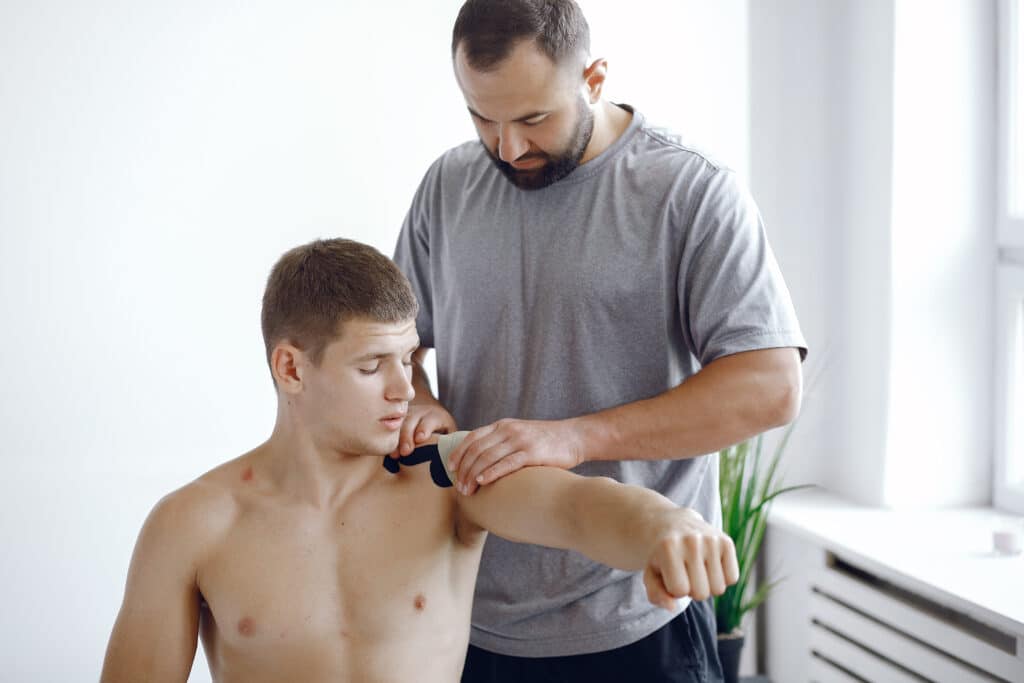Athletes constantly push their bodies to the limit, facing physical demands that can lead to muscle fatigue, soreness, and injury. While training and proper nutrition are fundamental to athletic success, many athletes overlook the significant benefits that spa treatments can provide for their performance and recovery. From massages and hydrotherapy to specialized pain relief techniques, spa treatments offer athletes a comprehensive approach to maintaining peak physical condition.
Whether you're seeking a restorative sports massage in American Fork, UT, or exploring various therapeutic options, understanding how spa treatments support athletic performance can help you optimize your training regimen. These treatments address multiple aspects of athletic wellness, including muscle recovery, pain management, stress reduction, circulation improvement, flexibility gains, and injury prevention.

After intense physical activity, athletes can benefit from spa treatments like massages and hydrotherapy to support muscle recovery. Massages help increase blood flow to the muscles, reducing inflammation and promoting the removal of metabolic byproducts that contribute to muscle soreness. The pressure applied during massages can help release muscle tension and knots, improving flexibility and range of motion.
Hydrotherapy, such as contrast baths or hot tub sessions, can also aid in muscle recovery by alternating between hot and cold water immersion. This process helps reduce muscle fatigue, swelling, and soreness while improving circulation and oxygen delivery to the muscles. Incorporating these spa treatments into your post-workout routine can assist in optimizing your muscle recovery and overall athletic performance.
Athletes seeking relief from muscle soreness and discomfort can benefit from spa treatments that focus on pain management. These treatments often include massages, hot and cold therapy, and hydrotherapy, which have been shown to reduce pain and inflammation. Massages help increase blood flow to specific areas, aiding in the removal of toxins and promoting muscle healing.
Hot and cold therapies can be effective in reducing pain by altering blood flow and reducing swelling. Hydrotherapy, such as soaking in hot tubs or cold plunges, can soothe aching muscles and joints. Incorporating these pain relief techniques into your spa treatment regimen can support your recovery process and help you return to training feeling rejuvenated.
Spa treatments offer effective methods for reducing stress in athletes, promoting relaxation, and mental well-being. Athletes often face high levels of stress from intense training and competition demands. Stress can negatively impact performance and overall health. Incorporating spa treatments into their routine allows athletes to experience significant stress reduction.
Massages, aromatherapy, and hydrotherapy are popular spa options that have been shown to lower cortisol levels, decrease anxiety, and improve sleep quality. These treatments help athletes relax both physically and mentally, leading to improved focus, performance, and recovery. The tranquil environment of spas provides athletes with a much-needed break from their rigorous schedules, allowing them to recharge and rejuvenate for peak athletic performance.
Better circulation through spa treatments can benefit athletes by improving oxygen and nutrient delivery to muscles, aiding in faster recovery and improved performance. Better circulation allows for more efficient removal of metabolic waste products, reducing muscle soreness and fatigue. Spa treatments like hydrotherapy and massage can help dilate blood vessels, increasing blood flow and oxygen delivery to tissues.
This improved circulation also promotes the efficient transport of vital nutrients, supporting muscle repair and growth. Optimizing blood flow helps athletes experience quicker recovery times between workouts or competitions, leading to improved overall performance. Incorporating spa treatments that focus on improving circulation into your routine can be a valuable addition to your athletic regimen, helping you achieve your peak potential.
Improving flexibility through specialized treatments can greatly benefit individuals engaged in physical activities like sports and exercise. Spa treatments such as deep tissue massages, hot stone therapies, and assisted stretching sessions can help improve flexibility by targeting tight muscles and improving range of motion. These treatments work by increasing blood flow to the muscles, promoting relaxation, and reducing muscle tension, ultimately leading to improved flexibility.
Regular spa sessions focused on flexibility can help athletes prevent injuries, improve performance, and recover faster from intense training sessions. Incorporating these treatments into your routine allows you to optimize your body's flexibility, enabling you to move more freely and efficiently during workouts and competitions.
Reducing the risk of injuries during physical activities requires implementing targeted strategies that promote muscle flexibility and strength. Regular stretching is a foundational approach, incorporating dynamic stretching before workouts and static stretching afterward to improve muscle elasticity and reduce the likelihood of strains. Strength training plays a critical role by focusing on both primary and stabilizing muscles to provide better support and protection for joints during intense physical activities.
Proper rest and recovery are equally vital, allowing adequate time between training sessions for muscles to repair and strengthen, which reduces the risk of overuse injuries. Cross-training offers another effective strategy by engaging in a variety of physical activities to prevent repetitive strain on specific muscle groups while building overall fitness levels. These evidence-based approaches work together to create a comprehensive injury prevention plan that keeps athletes performing at their best.
Related Topics: